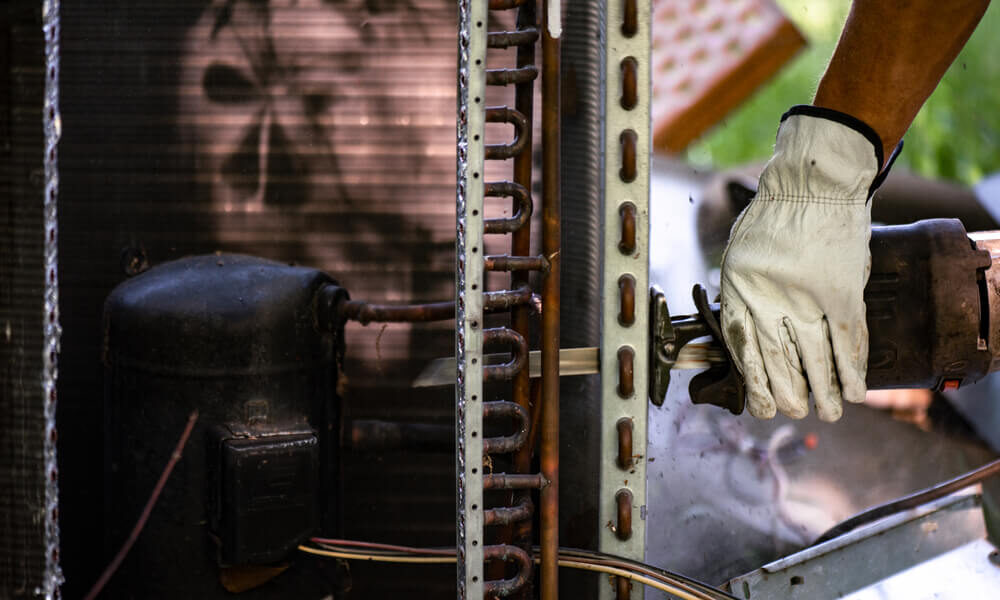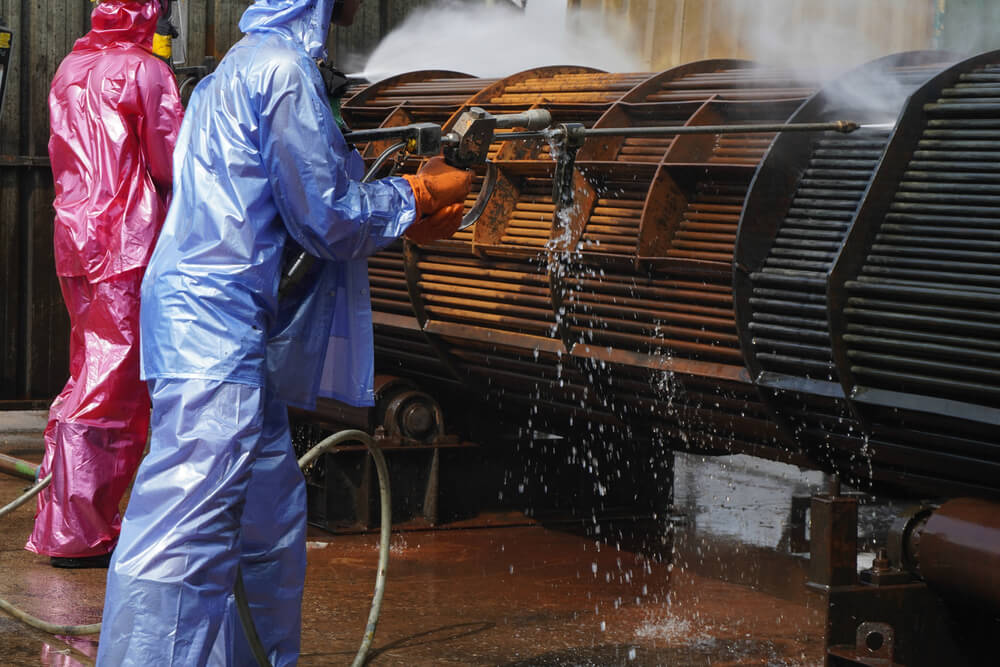cooling system, apparatus employed to keep the temperature of a structure or device from exceeding limits imposed by needs of safety and efficiency. If overheated, the oil in a mechanical transmission loses its lubricating capacity, while the fluid in a hydraulic coupling or converter leaks under the pressure created. In an electric motor, overheating causes deterioration of the insulation. The pistons in an overheated internal-combustion engine may seize (stick) in the cylinders. Cooling systems are employed in automobiles, industrial plant machinery, nuclear reactors, and many other types of machinery. (For a treatment of cooling systems used in buildings, see air-conditioning.)
The cooling agents customarily employed are air and a liquid (usually water or a solution of water and antifreeze), either alone or in combination. In some cases, direct contact with ambient air (free convection) may be sufficient; in other cases, it may be necessary to employ forced-air convection, created either by a fan or by the natural motion of the hot body. Liquid is typically moved through a continuous loop in the cooling system by a pump.


